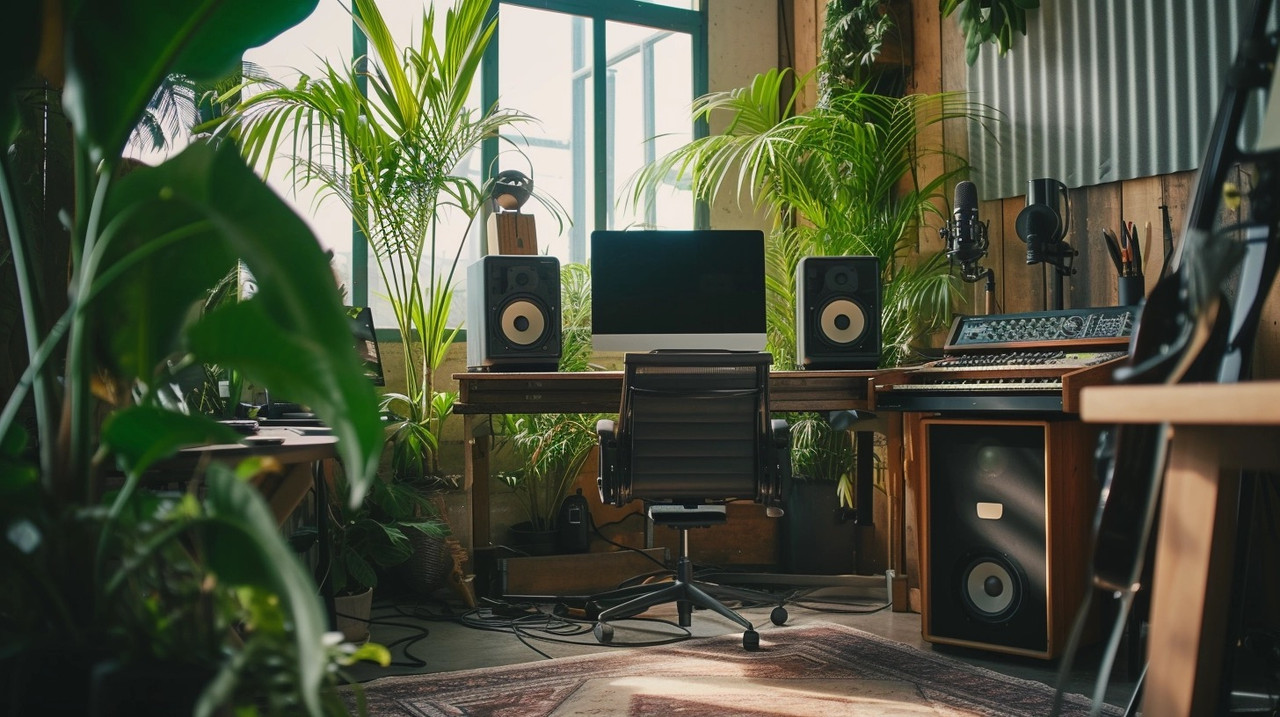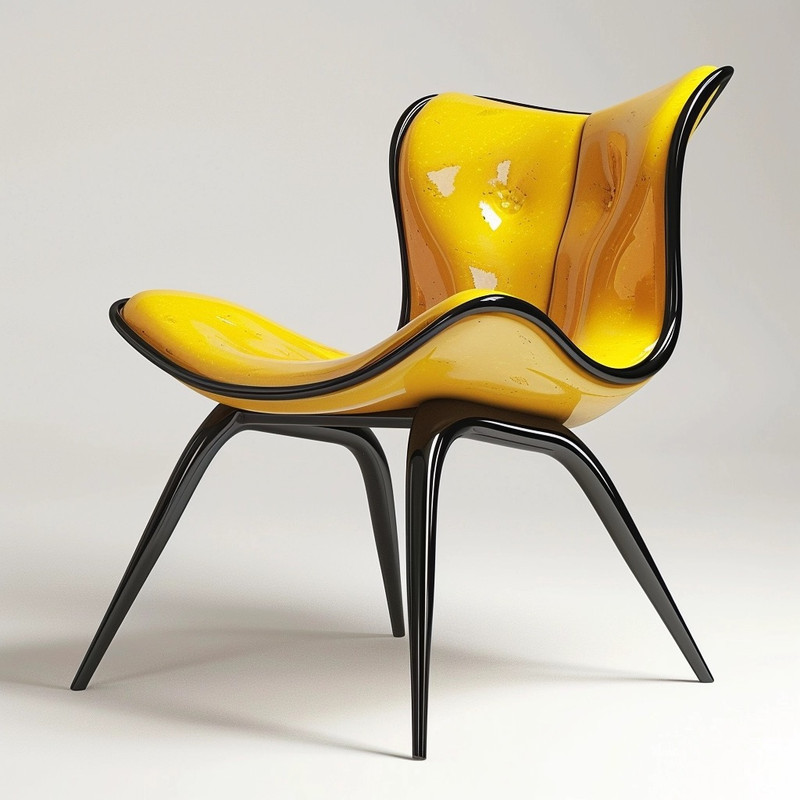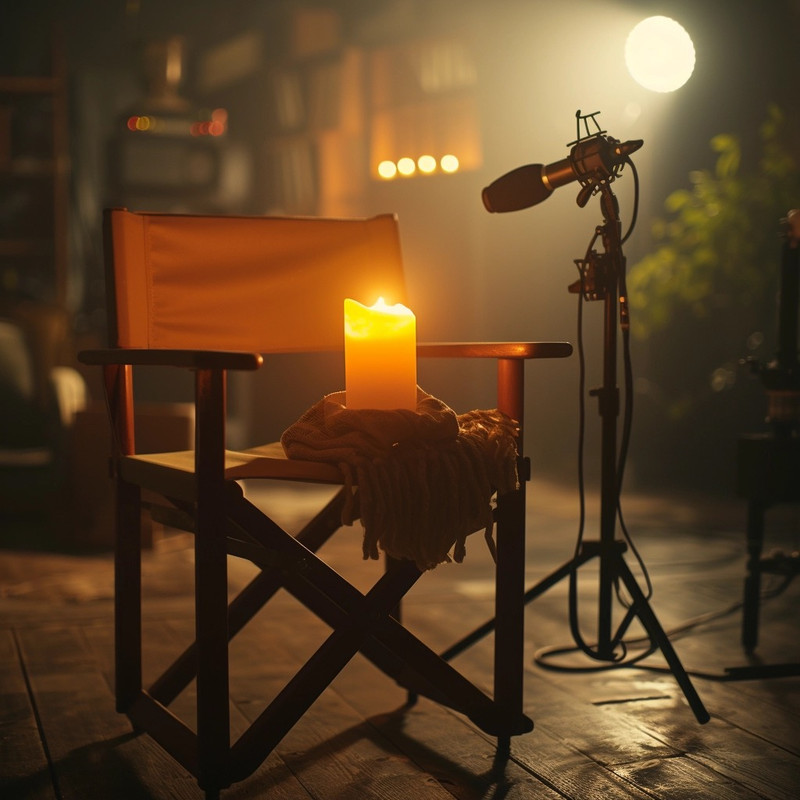

Each cushion whispers secrets of cloud-like serenity to weary backs bent over mixing consoles. Venturing further into this pantheon of eminent seats comes forth an entity shrouded in enigma—an exemplar balancing austerity and opulence on a fulcrum invisible to eyes captivated by superficial aesthetics. Moreover, adjustability plays a crucial role in tailoring your sitting experience to perfection. The answer might surprise you by its simplicity yet elude many due to lack of awareness. Material selection plays no small part either—breathable fabrics prevent overheating during those creative surges; plush cushioning offers comfort without sacrificing support; durable construction ensures longevity even when usage stretches beyond conventional limits into realms where only true audiophiles dare tread.
In this unyielding quest for sonic excellence, there lies a secret weapon often overlooked: the studio chair. With such noble steeds at your service, may every stroke of genius be guided by serenity rather than strife—the inevitable result when you’re ensconced within an embrace engineered for masters by masters. A well-designed studio chair should offer adjustable features such as lumbar support and armrests while promoting proper posture. Ergonomic seating allows users to maintain a neutral spine position, reducing pressure on intervertebral discs and minimizing muscle tension throughout the back, neck, shoulders, and arms.
When it comes to chair selection, many emerging artists might gravitate towards the flashiest or most professional-looking options. Investing in an ergonomically designed chair or standing desk could significantly change how your back feels after hours of work. Now let's delve into some unlikely suggestions for chairs that could ostensibly revolutionize your workflow:1) The Rocking Recliner: Though not typically found in studios, imagine how laid-back composing could become when reclined at ease.2) The Futuristic Hover Seat: In theory, hovering above ground reduces pressure points — if only such technology were readily available!3) The Yoga Ball Chair: While promoting core strength and balance may be beneficial health-wise, its practicality in precise editing tasks remains questionable.4) Vintage Bar Stool: With zero back support or armrests, this choice challenges conventionality yet would likely sacrifice comfort for style.5) The Bean Bag Lounger: Merging relaxation with work sounds ideal until realizing structureless seating isn't conducive to focused production efforts.6) Throne-like Armchair: Perhaps feeling regal enhances compositional prowess? The first enigmatic contender is a chair draped in moonlight velvet—a peculiar choice for studios drenched in shadow and sound waves.
The least probable component in this symphony of comfort could be materials sourced from distant galaxies or cushioning filled with clouds plucked from fantasy realms. Next is the footprint of the chair. Whether for an artist's atelier, a musician's den, or a designer's workshop, each piece must serve dual purposes. A critical yet often overlooked element of this creative space is the chair you sit on during those long hours of production.
When we think about audio work, our minds gravitate towards high-quality monitors, powerful computers, and an array of sophisticated plugins. Users can adjust nearly every aspect of their chair so it feels less like office furniture and more like an extension of oneself—a symbiotic relationship between artist and instrument enhancing focus rather than detracting from it. For artists, writers, designers, or any individual deeply engrossed in the creative process, an ideal studio chair serves as a steadfast companion through hours of introspection and imagination.
DIY solutions present another improbable but effective route. As ergonomic research continues pushing boundaries alongside technological innovations in materials engineering; studio chair designs will undoubtedly evolve even further—making today's game-changing features tomorrow's standards. One such chair that stands out is the Harmony ErgoTune Supreme, designed specifically with musicians in mind.
It might seem trivial at first glance, but the right studio chair can significantly elevate your music creation sessions.


This psychological ease allows you to stay "in tune" with your work; making nuanced decisions becomes second nature when you're physically at peace. Selecting the perfect studio chair is akin to composing a harmonious melody; it requires attention to both comfort and style, ensuring that each element resonates with your personal preferences and workspace needs. Creating a harmonious and functional small home studio demands meticulous attention to detail, particularly when it comes to selecting the right chair. Setting aside time for short breaks where you stand up, stretch out or walk around is crucial for maintaining back health over longer stretches of time.
It aims to support your body so well that you barely notice it's there. Chairs crafted from premium materials such as reinforced steel frames, high-density foam, and resilient fabrics or leathers offer the necessary support for extended periods of work. Chairs with variable height settings allow you to align your ears with monitor speakers accurately—this aids in achieving precise stereo imaging and frequency response during critical listening periods.
Firstly, ergonomics are crucial. They achieve this through several mechanisms such as self-adjusting lumbar supports, articulated backrests, and responsive seat pans. One exemplary model is the Herman Miller Aeron Chair.
Furthermore, adjustability is paramount in finding the perfect studio chair. A top-rated studio chair isn't just furniture; it’s an indispensable companion on your creative journey—a steadfast ally ensuring every note is hit with precision because you stayed comfy through those intense mixing marathons. In specialty markets, chairs like Secretlab's Titan series cater explicitly to users who require exceptional stability alongside customizable features such as adjustable lumbar support pillows and 4D armrests – perfect for tailoring to one’s individual needs during long mixing or editing periods.
Enter dynamic ergonomics: this innovative concept refers to chairs that adapt in real-time to the user's body. The task involves discussing a revolutionary studio chair that has transformed the comfort of music production, but with a twist in the language usage that might lead to a somewhat nonsensical or abstract composition. Mastering Marathon Mixes: How to Stay Comfortable with Top-Rated Studio ChairsWhen embarking on the arduous journey of mastering marathon mixes, comfort can often be the unsung hero that either propels you to new heights or leads to your downfall. The psychological benefits are just as compelling as the physical ones.
Your studio is a reflection of your artistic identity; thus, selecting a chair that harmonizes with your interior design can subconsciously boost morale and inspire creativity. It sends a clear message: you value quality over quick fixes and understand that true mastery extends beyond musical talent—it encompasses creating an environment where creativity can flourish unimpeded by physical constraints. By prioritizing ergonomics, you encourage a healthier sitting position that allows for better blood flow and reduced muscle tension.
Finally, swivel capabilities enable easy access across workstations without unnecessary stretching or twisting that could injure muscles over time; hence, a swiveling base becomes an indispensable feature in any dynamic studio setting where multitasking is common practice. The quest for the ultimate chair is not just about luxury; it's about finding a throne that caters to long hours of meticulous work, one that aligns with the rhythm of their craft. The right studio chair can significantly enhance your productivity and overall experience as you craft your musical masterpieces.
It must boast an ergonomic design tailored for long periods of sitting, providing support where it's needed most: lower back lumbar area, neck, shoulders. This prevents shoulder strain by keeping your arms close to your body in a relaxed position while allowing wrists to stay straight when using input devices like keyboards or mice. So then what brand or model holds this coveted title?

The industry's leading seats undergo extensive trials where they are pummeled with weights and exposed to conditions mimicking decadal wear within mere days. By selecting chairs that offer optimal support and adjustability, professionals can enhance their practice sessions and performances, ensuring they stay attuned both physically and mentally. A fixed lumbar support might not align properly with every user's lower back curve, potentially causing more harm than comfort.
Unveiling this paragon of comfort, we encounter a masterpiece that seamlessly integrates aesthetic appeal with practical features. Durability is another essential attribute since music production can sometimes be a vigorous activity filled with moments of excitement and intense focus.
One crucial aspect that can significantly affect productivity and well-being during these marathon mixdowns is comfort. Your workspace should inspire you; if vintage vibes spark your creativity opt for retro-inspired designs; if modern minimalism fuels you go for sleek lines and neutral colors.
A headrest promises solace to minds burdened with chords and melodies seeking escape into audial realms. Sustainability isn't an afterthought but an intrinsic characteristic woven into each fiber and bolt—recycled materials are employed without compromising strength or elegance.
Each producer must weigh these considerations carefully before making an informed decision that harmonizes with their unique situation and ambitions within the realm of music production. At first glance, one might undervalue the significance of a sturdy build quality. Without lumbar support or adjustable armrests tailored to align with your body's unique specifications, your spinal alignment may suffer silently as you focus on blending tracks together. Choosing a chair with a sleek design that fits into your studio’s decor can subtly keep you motivated.
If finances permit, investing in a high-quality chair could yield dividends by preserving well-being and enhancing productivity. It's wise to sit down and truly feel whether a chair meets your unique ergonomic needs before committing financially. These advancements have led to a new generation of studio chairs that not only offer unmatched comfort but also contribute to better posture and reduced strain on muscles and joints.
Resourceful musicians could revamp an existing chair by adding cushions or making other modifications to enhance its comfort level without spending much money.
The number of chairs needed for musical chairs is one less than the number of players. So, if you have 10 players, you would need 9 chairs. This ensures that when the music stops, one player is left standing and is then out of the game, allowing the game to progress by removing one chair after each round until a single winner remains.
Aeron chairs are popular due to their innovative design that prioritizes ergonomics, offering superior comfort and support for long periods of sitting. They feature adjustable settings to fit a wide range of body types and work styles, making them a versatile choice for both office and home environments. Additionally, their durable construction and the prestige of the Herman Miller brand contribute to their widespread appeal among professionals and design enthusiasts alike.
The chairs used on the set of Shark Tank are Herman Miller Aeron chairs. These high-end ergonomic office chairs are known for their quality, comfort, and support. Depending on the specific model and features, the price of a new Aeron chair can range from approximately $1,000 to $1,500 or more.
Shaq trainers are relatively inexpensive because they are designed to be affordable and accessible to a wide audience, including families and children who may not be able to afford high-end athletic shoes. The brand, associated with former NBA player Shaquille O'Neal, focuses on providing value by offering decent quality footwear at lower price points. Additionally, they are often manufactured with cost-effective materials and distributed through mass-market retailers, which helps keep the prices low.